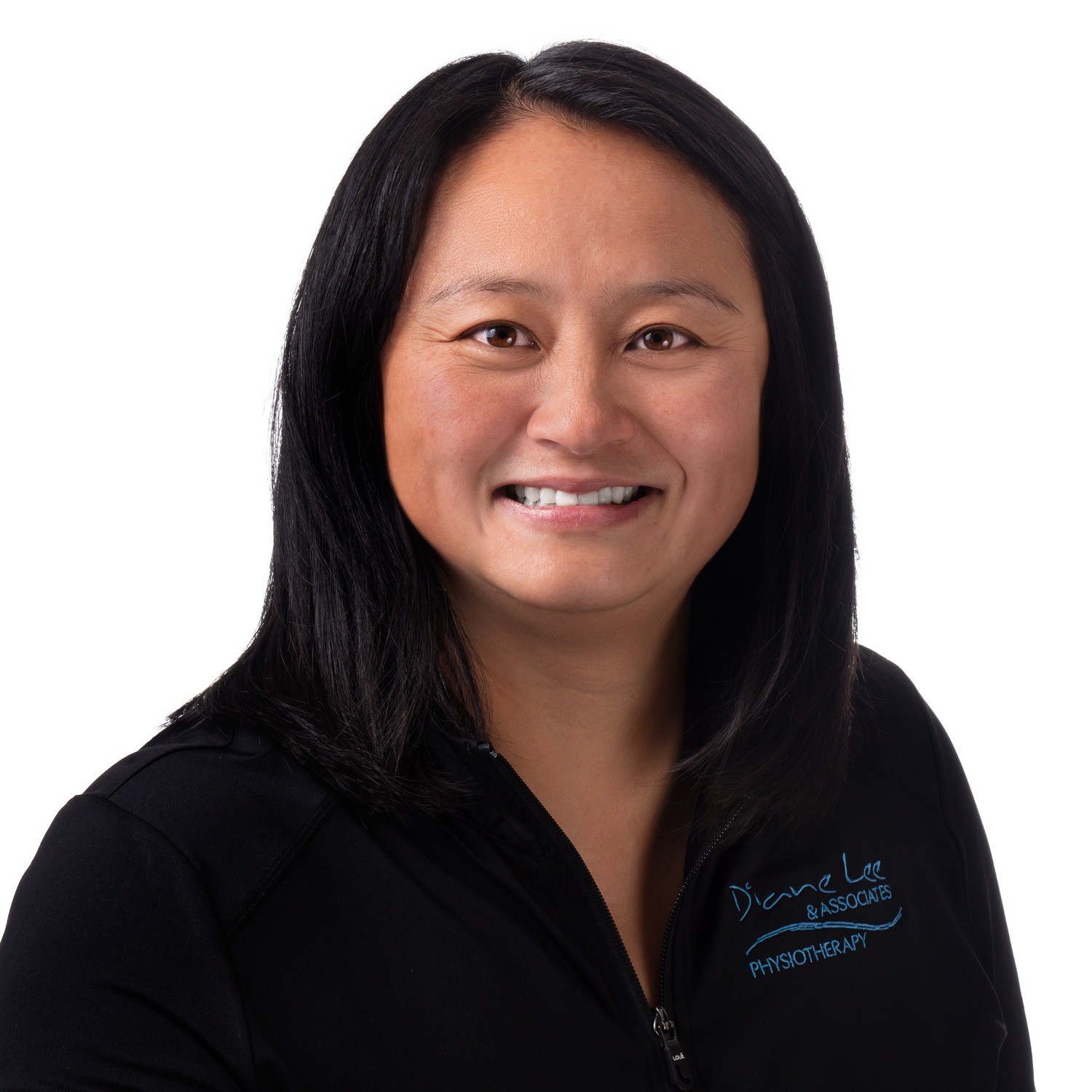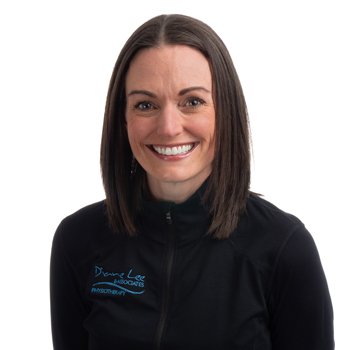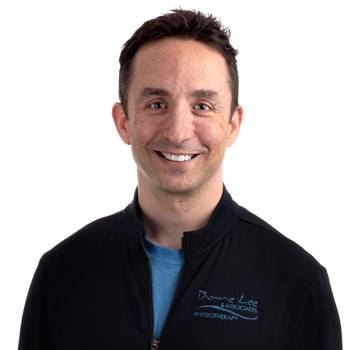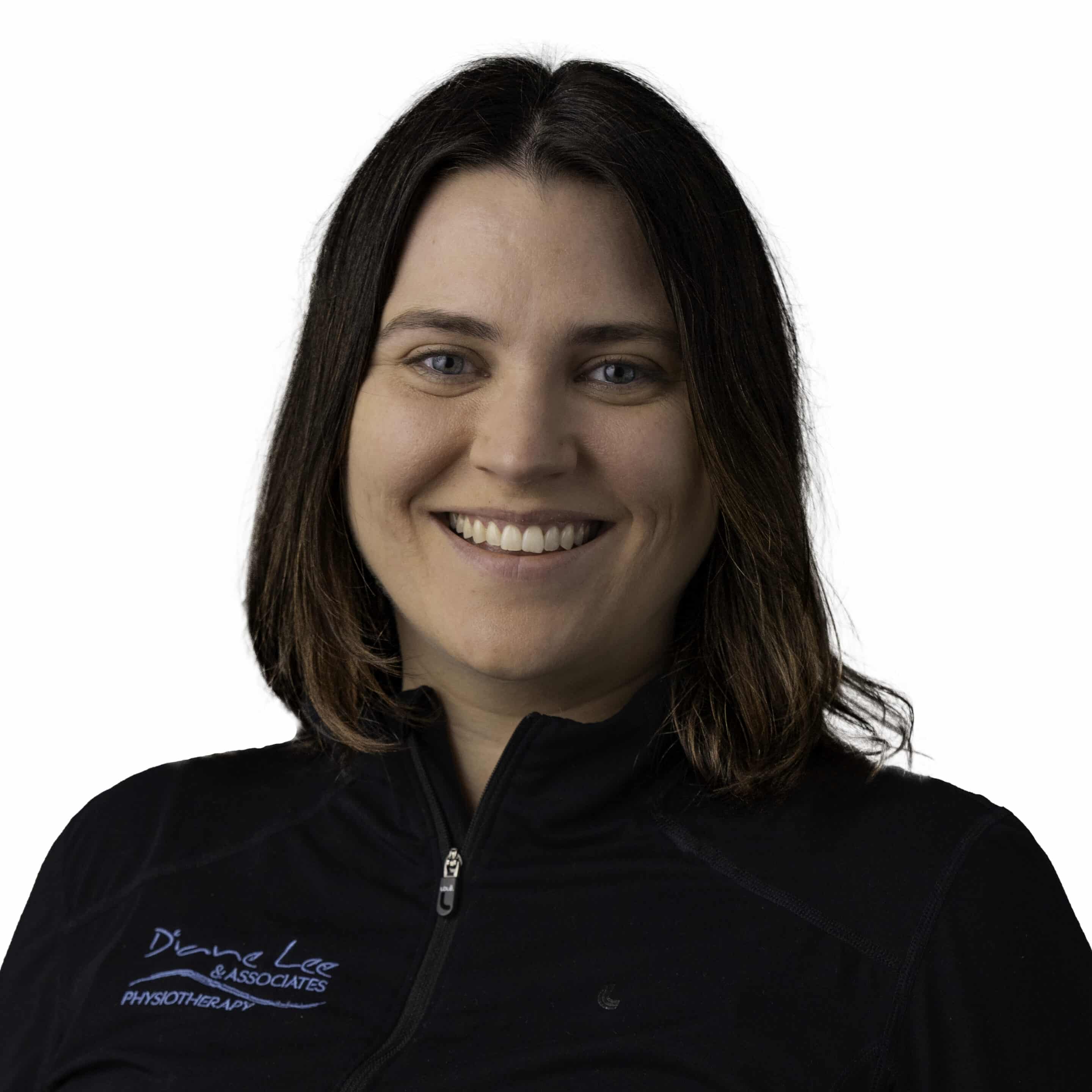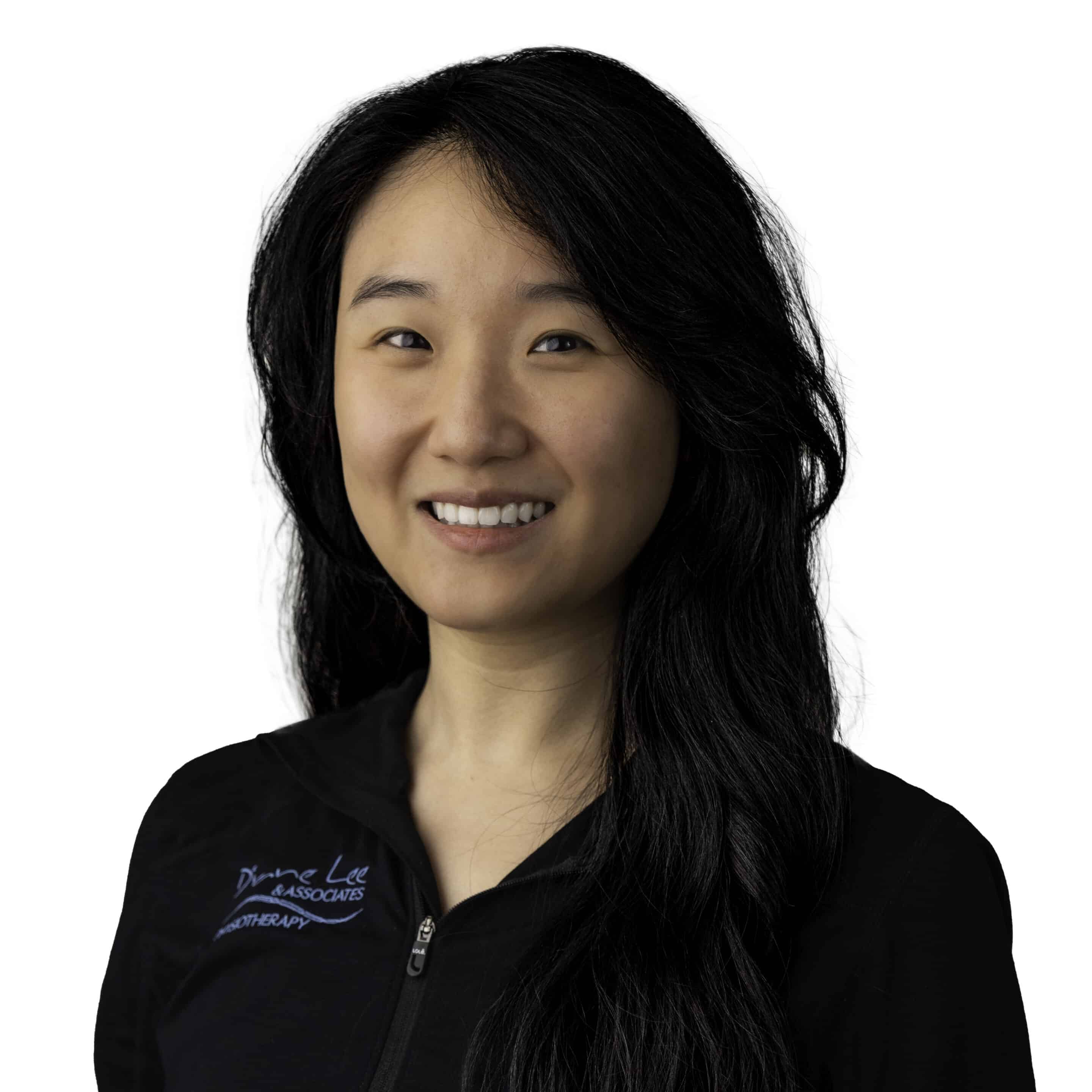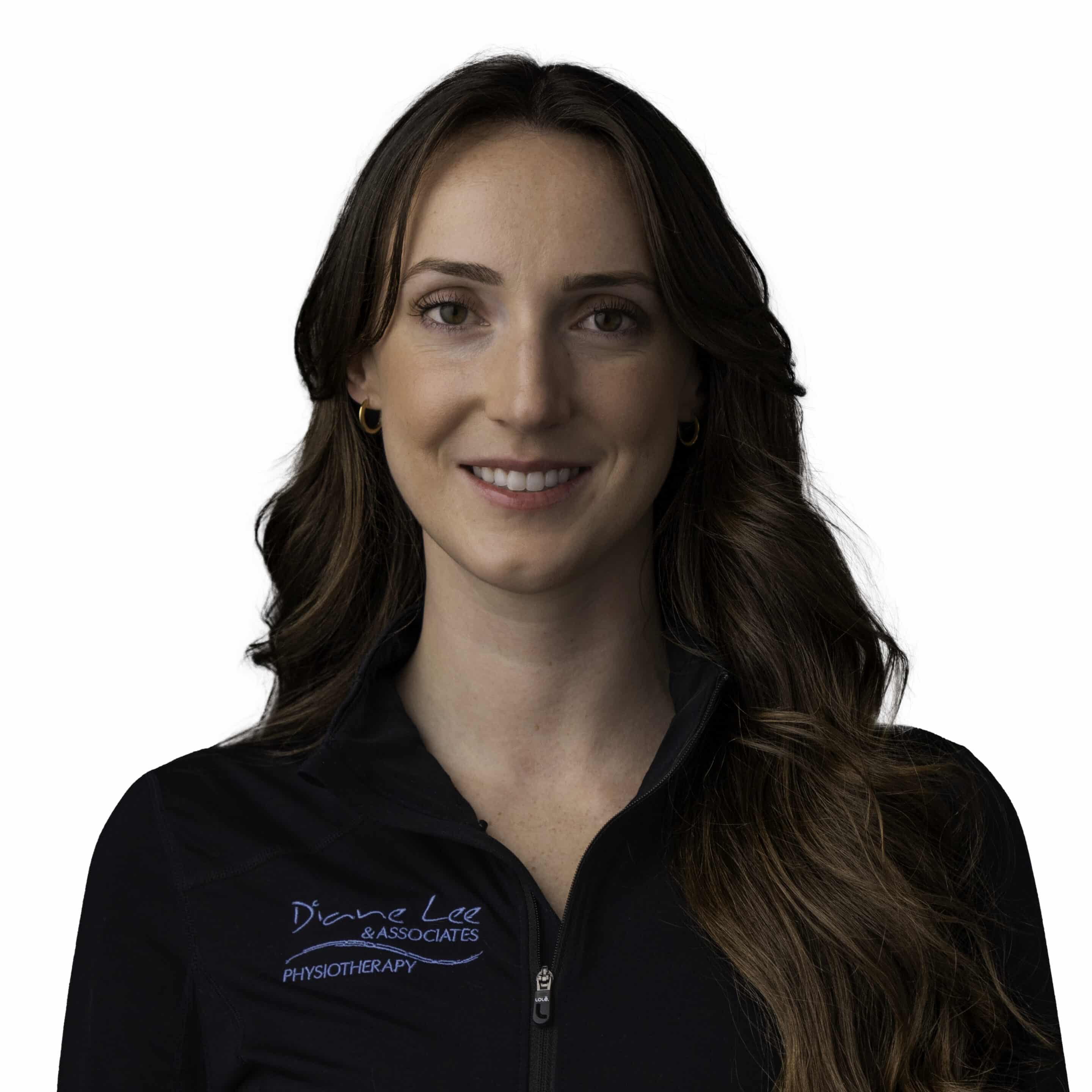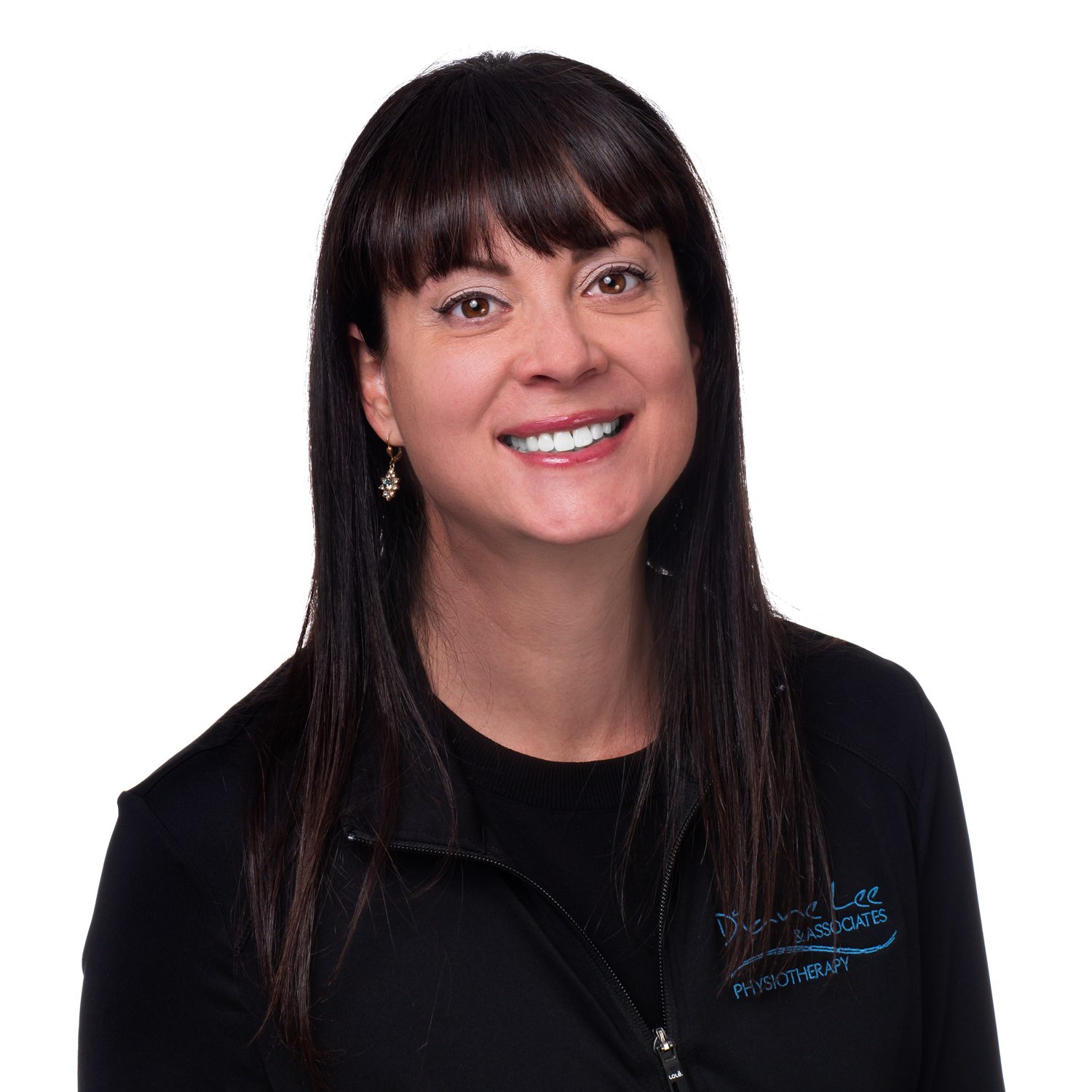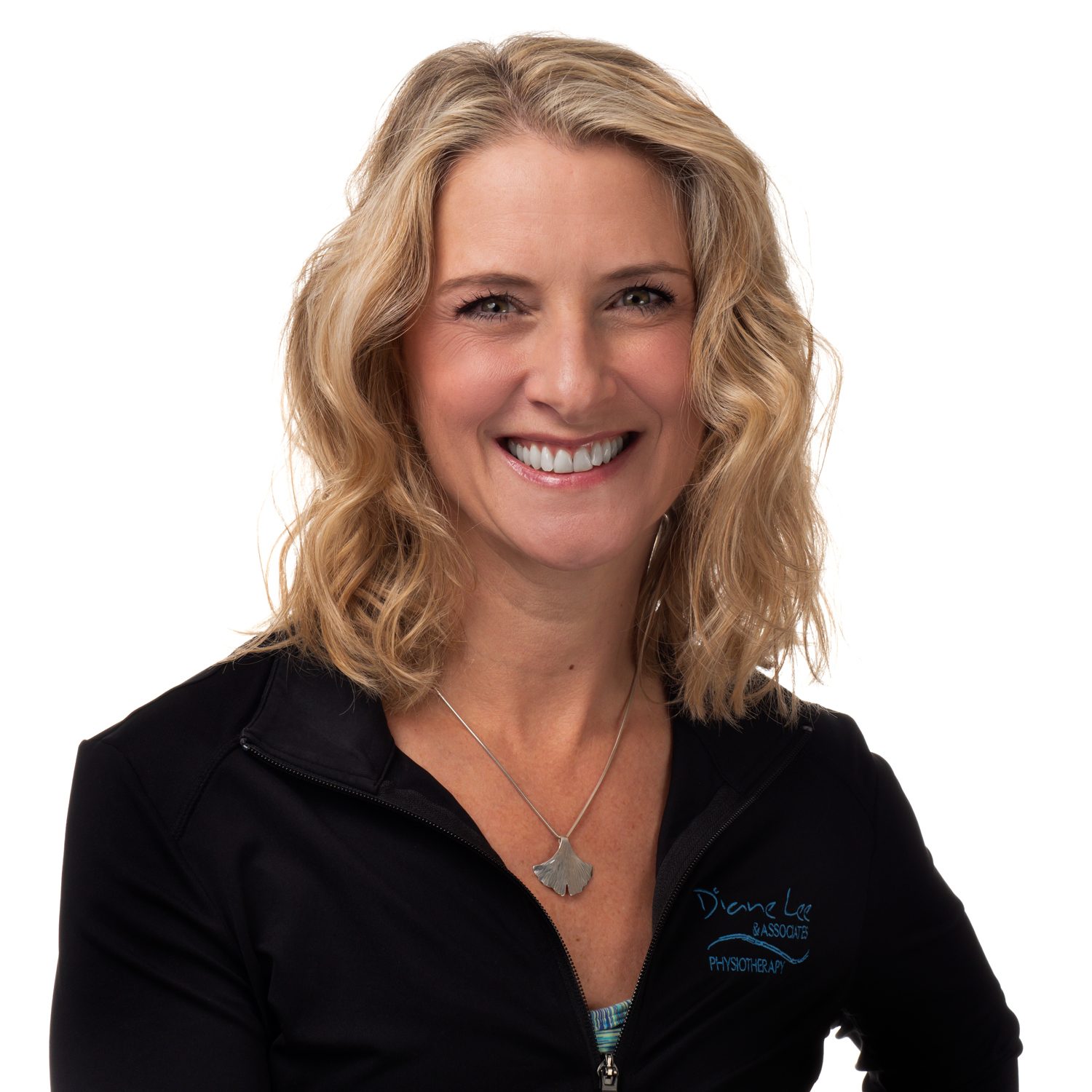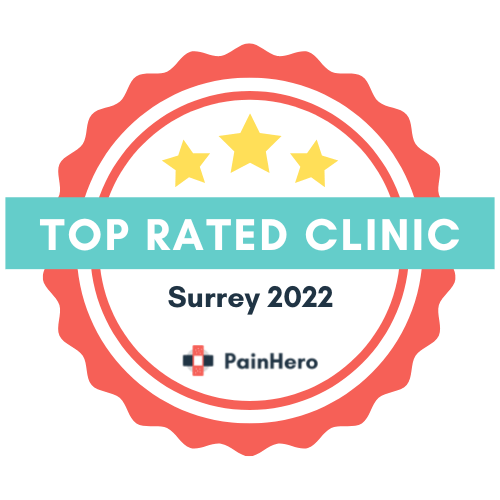In clinical practice, it is common to see individuals with a combination of impairments in multiple regions of their body that collectively impact the musculoskeletal, urogynecological and respiratory systems.
The story often reveals many past injuries, thoughts/beliefs, emotional states and movement habits that have collectively led to changes in strategies for posture, movement, continence and breathing. These individuals have often seen multiple practitioners who have focused on one body area or one system.
The Integrated Systems Model (ISM Lee & Lee 2011) is an approach which provides an understanding of how all past injuries, poor posture and movement habits are linked and have contributed to the current state of health, or lack thereof. 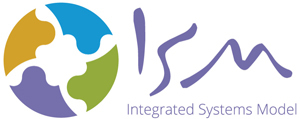
The ISM approach evolved over Diane Lee’s 40 years of clinical practice, research, and collaboration with many leading health care professionals in their fields. This model allows clinicians to be more effective and efficient with their assessment and treatment in order to help patients develop better movement strategies and habits to help reduce symptoms and improve function and performance.
The ISM assessment is centered around your unique story. We begin by identifying your meaningful complaint(s), in other words what would being better mean to you? This often goes beyond pain and can include things like reaching performance goals (doing the Sun Run or Grouse Grind or driving your car), or stopping urinary leakage (this is NEVER normal or acceptable), or merely being able to get a good night’s sleep.
From your story we decide (with you) what your goals would be from treatment, in other words what activity can we help you with (sitting, walking, swimming, climbing stairs, riding your bike, standing on your head, you name it!)? This is called your meaningful task. We then analyze specific movements and postures that are related to your specific meaningful task. This is a whole body/person assessment that considers the relationship between all the things that are not performing well in your body, including suboptimal alignment, biomechanics and/or control. We have special ways to determine which impairments are ‘driving’ or causing others, which ones are primary and which ones are compensating. It is not uncommon for the compensating body parts to be sore and the primary ones to be quite quiet (less painful). In the ISM approach this way of assessing the connections between multiple regions of the body and finding out which area is the most important to treat is called ‘Finding the Driver’.
The video below with Cathy Rogers will show you how ISM is practiced at Diane Lee & Associates.
All the clinicians at Diane Lee & Associates are trained in the ISM approach and integrate their unique professional training and skills into this method. We collaborate and often co-consult with each other to offer you the best opportunity to restore better posture, movement and thoughts/beliefs – yes, what you think and believe does influence how your body works.
Our goal is to help you understand your body better and to learn new ways to improve and self-manage your unique story/body/mind. It is not uncommon for us to hear ‘That is the first time anyone has made sense and been able to link all my injuries and sore parts of my body!’
When hope is restored, things can change.


